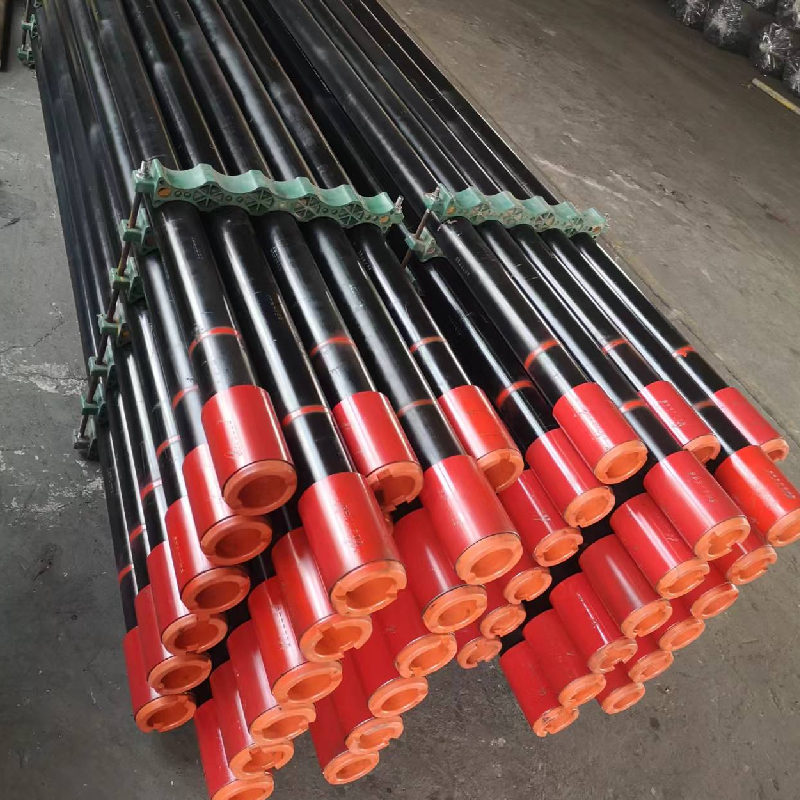- Afrikaans
- Albanian
- Amharic
- Arabic
- Armenian
- Azerbaijani
- Basque
- Belarusian
- Bengali
- Bosnian
- Bulgarian
- Catalan
- Cebuano
- Corsican
- Croatian
- Czech
- Danish
- Dutch
- English
- Esperanto
- Estonian
- Finnish
- French
- Frisian
- Galician
- Georgian
- German
- Greek
- Gujarati
- Haitian Creole
- hausa
- hawaiian
- Hebrew
- Hindi
- Miao
- Hungarian
- Icelandic
- igbo
- Indonesian
- irish
- Italian
- Japanese
- Javanese
- Kannada
- kazakh
- Khmer
- Rwandese
- Korean
- Kurdish
- Kyrgyz
- Lao
- Latin
- Latvian
- Lithuanian
- Luxembourgish
- Macedonian
- Malgashi
- Malay
- Malayalam
- Maltese
- Maori
- Marathi
- Mongolian
- Myanmar
- Nepali
- Norwegian
- Norwegian
- Occitan
- Pashto
- Persian
- Polish
- Portuguese
- Punjabi
- Romanian
- Russian
- Samoan
- Scottish Gaelic
- Serbian
- Sesotho
- Shona
- Sindhi
- Sinhala
- Slovak
- Slovenian
- Somali
- Spanish
- Sundanese
- Swahili
- Swedish
- Tagalog
- Tajik
- Tamil
- Tatar
- Telugu
- Thai
- Turkish
- Turkmen
- Ukrainian
- Urdu
- Uighur
- Uzbek
- Vietnamese
- Welsh
- Bantu
- Yiddish
- Yoruba
- Zulu
Coupling Tube Fitting Solutions for Efficient Fluid Flow Management and Connectivity
Understanding Coupling Tube Fittings Applications and Benefits
Coupling tube fittings are essential components widely used in various industries, particularly in fluid transfer systems. These fittings connect two lengths of tubing to ensure a secure and leak-free connection, facilitating the efficient flow of fluids across a system. Understanding how these fittings work, their applications, and their advantages can enhance both industrial operations and everyday tasks.
What are Coupling Tube Fittings?
Coupling tube fittings are designed to join two tube ends together. Generally made from materials like stainless steel, brass, or plastic, these fittings come in various shapes and sizes to accommodate different tube diameters and types. The fittings typically feature an internal connection mechanism, allowing for easy assembly and disassembly, which is particularly advantageous during maintenance or replacement scenarios.
The design of coupling fittings ensures tight joints that can withstand high pressure and temperature. Proper installation is crucial; many fittings require specific tools and techniques, such as torquing or the use of sealing compounds, to achieve a leak-free connection.
Types of Coupling Tube Fittings
1. Compression Fittings These fittings utilize a compressive force to create a seal between the tubing and the fitting. They feature a nut, ring, and body, which, when tightened, compress the ring onto the tube, forming a tight seal.
2. Solder or Brazed Fittings Used primarily for metal tubing, solder or brazed fittings are joined through melting a filler metal into the joint, providing strong and durable connections.
3. Push-to-Connect Fittings Popular for their ease of use, push-to-connect fittings allow the user to insert the tube into the fitting without the need for tools, making them ideal for quick installations and repairs.
4. Welded Fittings These are permanently joined through welding processes, creating robust connections that are highly resistant to leakages, often used in high-pressure applications.
Applications of Coupling Tube Fittings
Coupling tube fittings are found in various applications across numerous industries
- Manufacturing In factories, these fittings connect pneumatic or hydraulic systems, ensuring efficient power transmission.
coupling tube fitting

- Chemical Processing Tube fittings ensure safe fluid transfer in chemical plants, where the containment of corrosive and hazardous materials is crucial.
- Oil and Gas In the oil and gas industry, coupling fittings are used in pipelines for transporting hydrocarbons under high pressure without leaks
.- Biomedical and Pharmaceutical Industries These sectors require high precision and hygiene standards, making specific tube fittings essential for transferring sterile fluids and medications.
- Food and Beverage Fittings must meet stringent sanitary standards, ensuring safe transport of food products and ingredients.
Benefits of Using Coupling Tube Fittings
1. Leak Prevention Properly installed coupling fittings create secure connections that prevent leaks, reducing waste and potential hazards in a working environment.
2. Simplified Maintenance The ability to easily connect and disconnect tubing enhances maintenance efficiency, minimizing downtime during repairs or system modifications.
3. Versatility With various designs and materials, coupling fittings can be tailored to various applications, accommodating different fluids and operating conditions.
4. Cost-effectiveness The durability and reliability of coupling tube fittings can lead to reduced operational costs. Fewer leaks and breakdowns translate to lower maintenance budgets and increased productivity.
5. Enhanced Safety By ensuring reliable connections in fluid transport systems, coupling tube fittings play a critical role in workplace safety, particularly where hazardous substances are involved.
Conclusion
Coupling tube fittings are more than mere connectors; they are vital components that enhance the functionality, safety, and efficiency of fluid transfer systems across numerous industries. Understanding the types, applications, and benefits of these fittings enables businesses and professionals to make informed decisions, ensuring reliable operations in fluid management. As industries continue to evolve, the importance of high-quality coupling tube fittings will only grow, underlining their role in advancing technology and safety.
-
Tubing Pup Joints: Essential Components for Oil and Gas OperationsNewsJul.10,2025
-
Pup Joints: Essential Components for Reliable Drilling OperationsNewsJul.10,2025
-
Pipe Couplings: Connecting Your World EfficientlyNewsJul.10,2025
-
Mastering Oilfield Operations with Quality Tubing and CasingNewsJul.10,2025
-
High-Quality Casing Couplings for Every NeedNewsJul.10,2025
-
Boost Your Drilling Efficiency with Premium Crossover Tools & Seating NipplesNewsJul.10,2025







